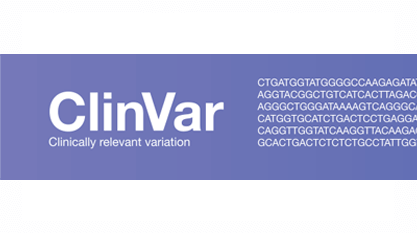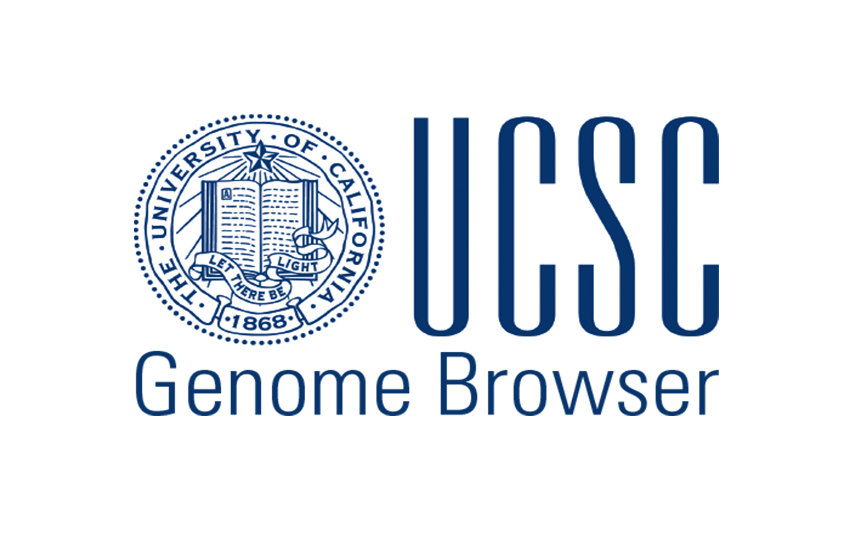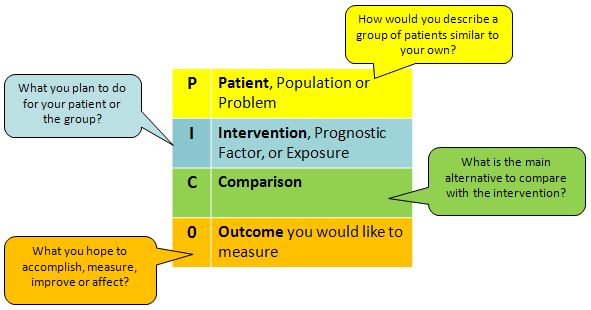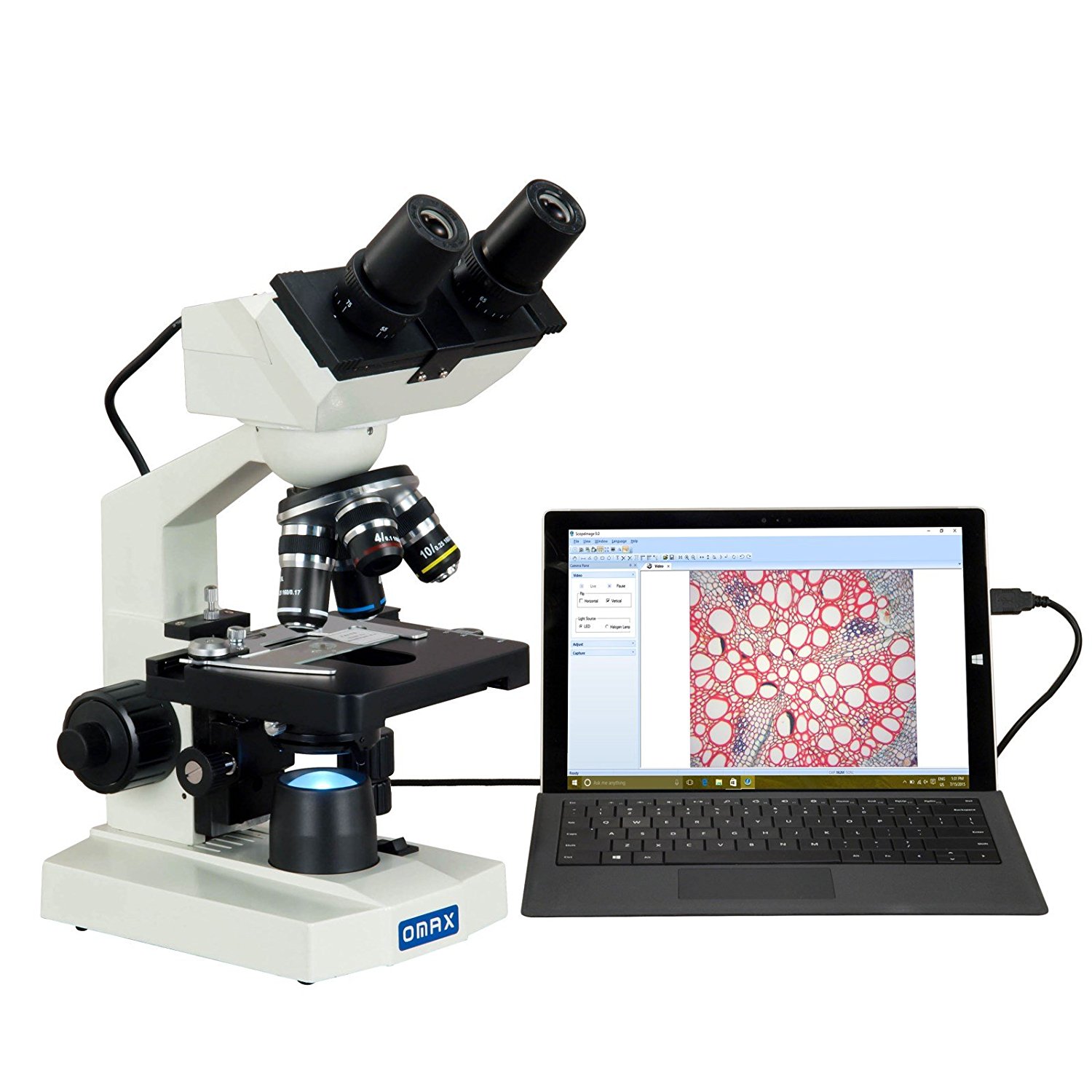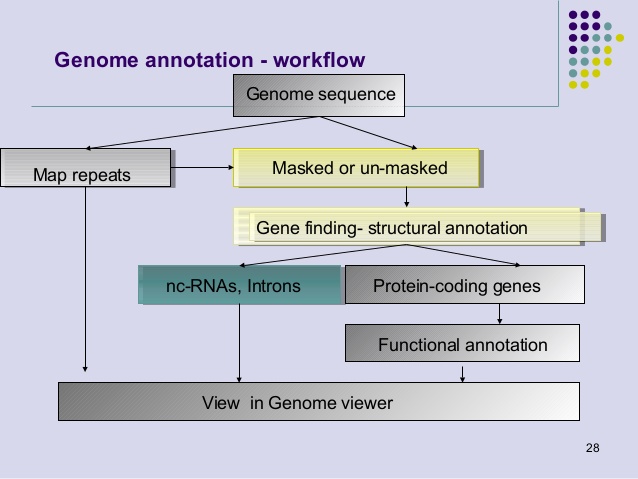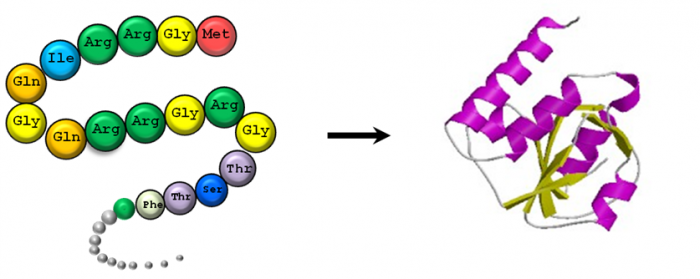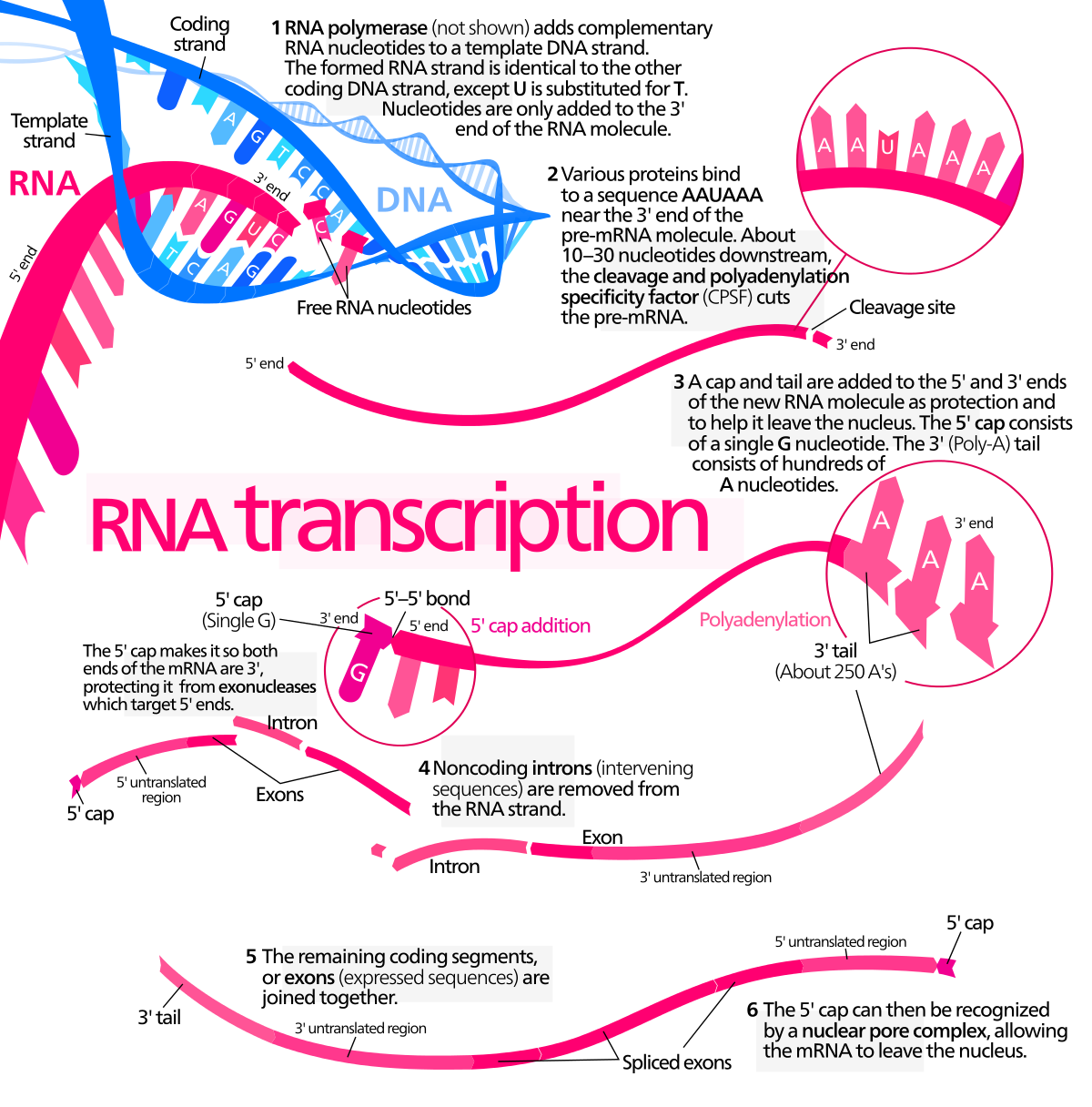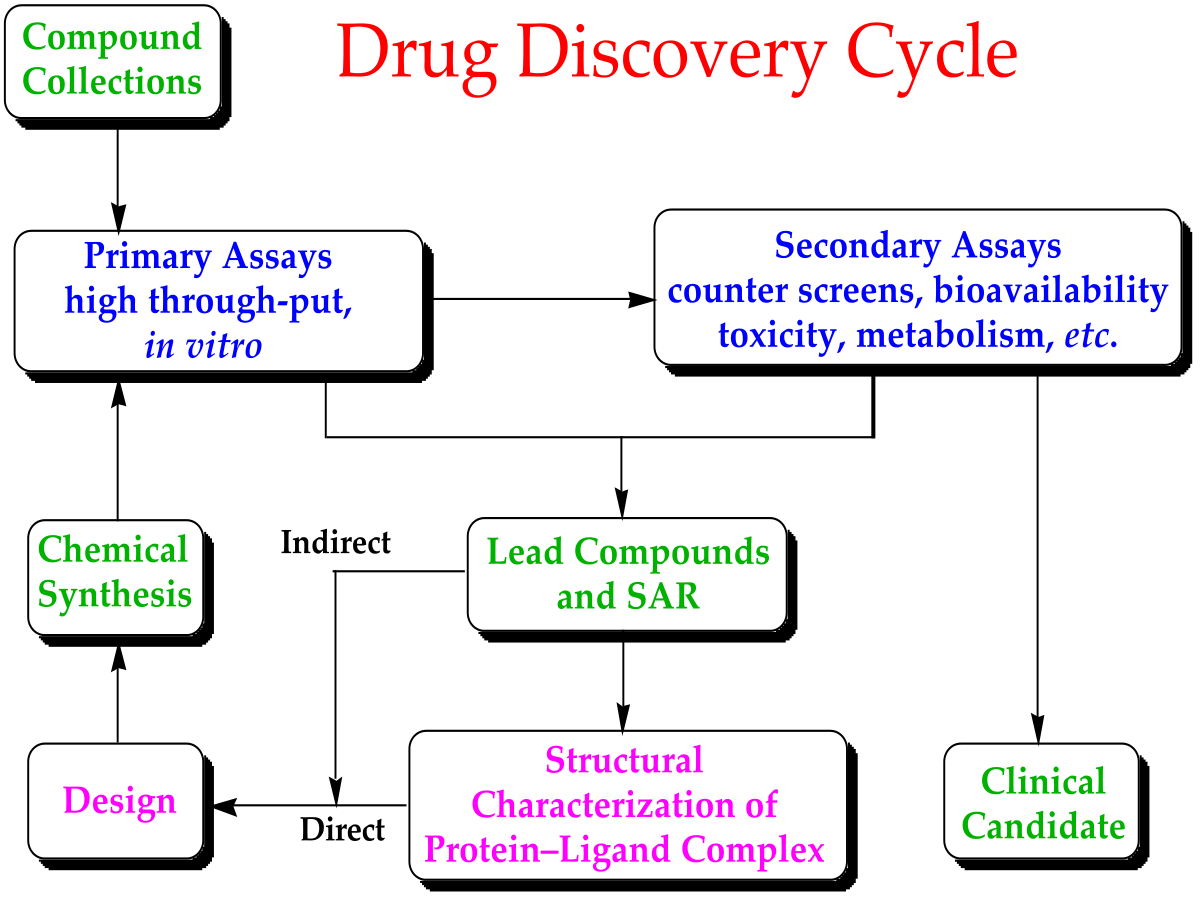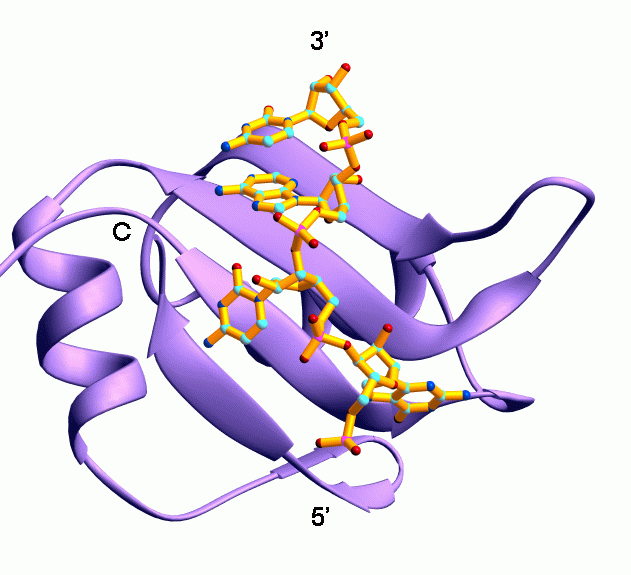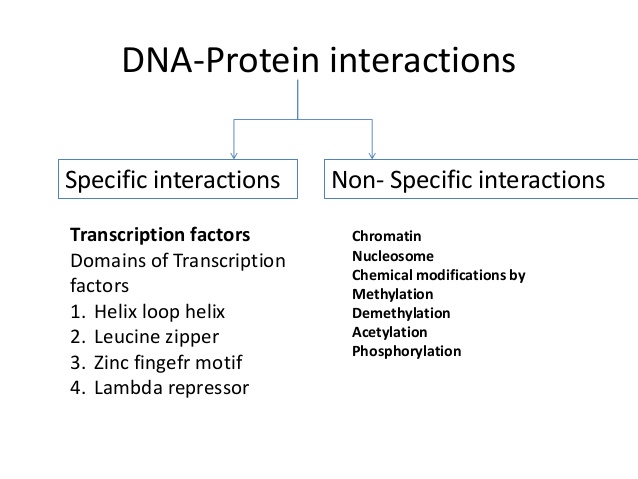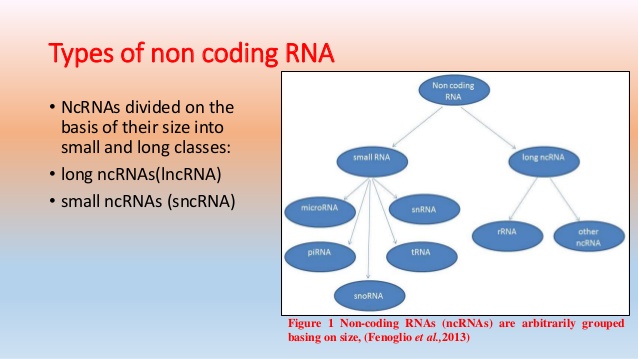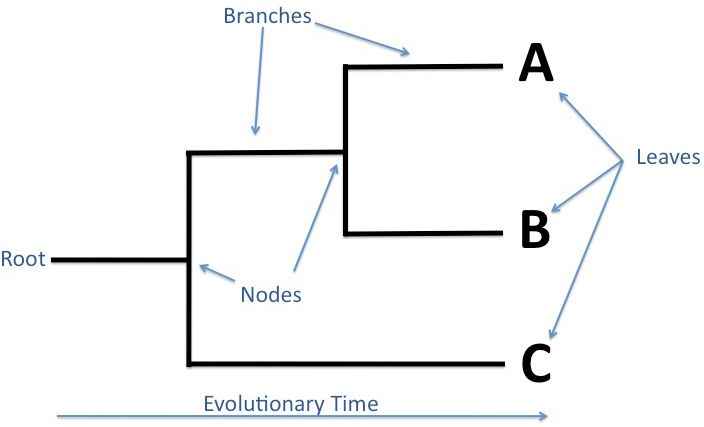Genome RNAi
GenomeRNAi is a database containing phenotypes from RNA interference (RNAi) screens in Drosophila and Homo sapiens.
Bioinformatic Harvester
The Bioinformatic Harvester (PGP)was a bioinformatic meta search engine created by the European Molecular Biology and further developed by KIT Karlsruhe Institute of Technology Laboratory.
DNA Data Bank of Japan (DDBJ)
DNA database of Japan (DDBJ) Center provides sharing and analysis services for data from life science researches and advances science.
Pathogen-Host Interaction database (PHI-base)
The Pathogen-Host Interaction database (PHI-base) contains expertly curated molecular and biological information on genes proven to affect the outcome of pathogen-host interactions.
Pathway Interaction Database (PID)
The Pathway Interaction Database (PID) is a free biomedical database of human cellular signaling pathways. The database contains information about the molecular interactions and reactions that take place in cells, with a particular focus on processes that might be relevant to cancer research and treatment.
RCSB PDB
Protein Data Bank builds upon archive-information about the 3D shapes of proteins, nucleic acids, and complex assemblies that helps students and researchers understand all aspects of biomedicine and agriculture, from protein synthesis to health and disease.
Rfam
Rfam is a database containing information about non-coding RNA (ncRNA) families and other structured RNA elements. It is an annotated, open access database originally developed at the Wellcome Trust Sanger Institute in collaboration with Janelia Farm, and currently hosted at the European Bioinformatics Institute.
Rfam is designed to be similar to the Pfam database for annotating protein families.
Uniport (SWISS-PROT/TrEMBL)
The Universal Protein Resource (UniProt) provides the scientific community with a single, centralized, authoritative resource for protein sequences and functional information.
European Bioinformatics Institute (EMBL)
The European Molecular Biology Laboratory (EMBL) is a molecular biology research institution supported by 22 member states, four prospect and two associate member states.
GPCRdb
GPCRdb contains data, diagrams and web tools for G protein-coupled receptors (GPCRs).
Gene Disease Database
In Bioinformatics, a Gene Disease Database is a systematized collection of data, typically structured to model aspects of reality, in a way to comprehend the underlying mechanisms of complex diseases, by understanding multiple composite interactions between phenotype-genotype relationships and gene-disease mechanisms.
MiRBase
In bioinformatics, miRBase is a biological database that acts as an archive of microRNA sequences and annotations. As of September 2010 it contained information about 15,172 microRNAs. This number has rose to 38589 by March 2018. The miRBase registry provides a centralised system for assigning new names to microRNA genes.
PIR
Protein Information Resource, part of UniProt.
Rat Genome Database (RGD)
The Rat Genome Database (RGD) is the premiere location for rat genomics, genetics, physiology and functional data, as well as data for comparative genomics between rat, human and mouse.
Reactome
Reactome is a free online database of biological pathways. There are several Reactomes that concentrate on specific organisms, the largest of these is focused on human biology, the following description concentrates on the human Reactome.
SCOP2
SCOP2 is a successor of Structural classification of proteins (SCOP). the main focus of SCOP2 is on proteins that are structurally characterized and deposited in the PDB.
CATH/Gene3D
The CATH database is a free, publicly available online resource that provides information on the evolutionary relationships of protein domains.(95 million protein domains classified into 6,119 superfamilies)
GenBank
GenBank is the NIH genetic sequence database, an annotated collection of all publicly available DNA sequences.
KABAT
The Kabat database includes nucleotide sequences, sequences of T cell receptors for antigens (TCR), major histocompatibility complex (MHC) class I and II molecules, and other proteins of immunological interest.
SNPedia
The SNPedia (PGP) is a wiki-based bioinformatics web site that serves as a database of single nucleotide polymorphisms (SNPs).
SWISS-2DPAGE
SWISS-2DPAGE is an annotated two-dimensional polyacrylamide gel electrophoresis (2-D PAGE) and SDS-PAGE database.
WikiPathways
WikiPathways is a community resource for contributing and maintaining content dedicated to biological pathways.
BioCyc database collection
The BioCyc database collection is an assortment of organism specific Pathway/ Genome Databases (PGDBs). They provide reference to genome and metabolic pathway information for thousands of organisms. As of December 2016, there are 9300 databases within BioCyc.
DBD
Transcription factor prediction database (DBD) is a database of predicted transcription factors in completely sequenced genomes.
Ensembl genome database project
Ensembl genome database project is a joint scientific project between the European Bioinformatics Institute and the Wellcome Trust Sanger Institute, which was launched in 1999 in response to the imminent completion of the Human Genome Project.
PROSITE
PROSITE consists of documentation entries describing protein domains, families and functional sites as well as associated patterns and profiles to identify them.
Reference Sequence (RefSeq) database
The Reference Sequence (RefSeq) database[1] is an open access, annotated and curated collection of publicly available nucleotide sequences (DNA, RNA) and their protein products.
CMVD
China Microbiology and Virology Database (CMVD) is a comprehensive database index.
ENZYME
ENZYME is a repository of information relative to the nomenclature of enzymes.And it describes each type of characterized enzyme for which an EC (Enzyme Commission) number has been provided
FLYBASE
A Database of Drosophila Genes & Genomes.
OMIM
OMIM is Online Mendelian Inheritance in Manauthored and edited at the McKusick-Nathans Institute of Genetic Medicine.
SWISS-model
The SWISS-MODEL Repository is a database of annotated 3D protein structure models generated by the SWISS-MODEL homology-modelling pipeline.
Biomodels Database
BioModels is a free and open-source repository for storing, exchanging and retrieving quantitative models of biological interest created in 2006.
Haplotype Map (HapMap)
The International HapMap Project was an organization that aimed to develop a haplotype map (HapMap) of the human genome, to describe the common patterns of human genetic variation.
Interpro
InterPro provides functional analysis of proteins by classifying them into families and predicting domains and important sites.
KEGG
KEGG (Kyoto Encyclopedia of Genes and Genomes) is a collection of databases dealing with genomes, biological pathways, diseases, drugs, and chemical substances.
PMP
Protein model portal (PMP) gives access to various models computed by comparative modeling methods provided by different partner sites, and provides access to various interactive services for model building, and quality assessment.
Xenbase
Xenbase is a Model Organism Database (MOD), providing informatics resources, as well as genomic and biological data on Xenopus frogs.
23andMe
23andMe is a privately held personal genomics and biotechnology company based in Mountain View, California. The company is named for the 23 pairs of chromosomes in a normal human cell.
ExoCarta
Exosomes are 30-150 nm membrane vesicles of endocytic origin secreted by most cell types in vitro. ExoCarta, an exosome database, provides with the contents that were identified in exosomes in multiple organisms.
Saccharomyces Genome Database
The Saccharomyces Genome Database is a scientific database of the molecular biology and genetics of the yeast Saccharomyces cerevisiae, which is commonly known as baker’s or budding yeast.
BacDive
BacDive (the Bacterial Diversity Metadatabase) is a bacterial metadatabase that provides strain-linked information about bacterial and archaeal biodiversity.
WormBase
WormBase is an online biological database about the biology and genome of the nematode model organism Caenorhabditis elegans and contains information about other related nematodes.
EzTaxon Database
In bioinformatics, the EzTaxon database is a web-based tool for the identification of prokaryotes based on 16S ribosomal RNA gene sequences.
Zebrafish Information Network
The Zebrafish Information Network (ZFIN) is an online biological database of information about the zebrafish (Danio rerio).
Personal Genome Project
The Personal Genome Project (PGP) is a long term, large cohort study which aims to sequence and publicize the complete genomes and medical records of 100,000 volunteers, in order to enable research into personal genomics and personalized medicine.










